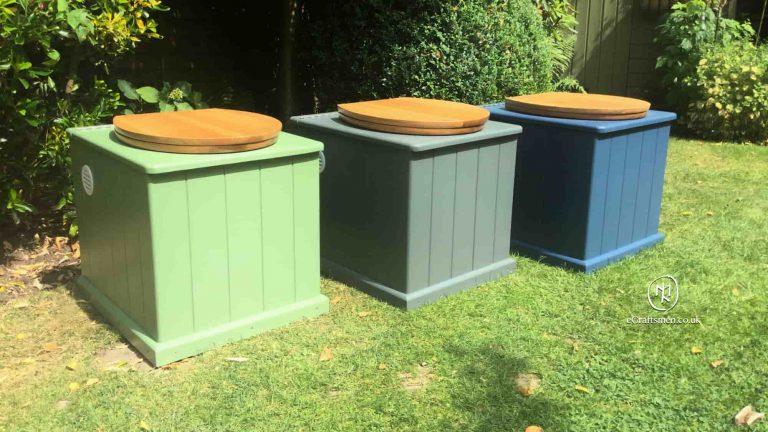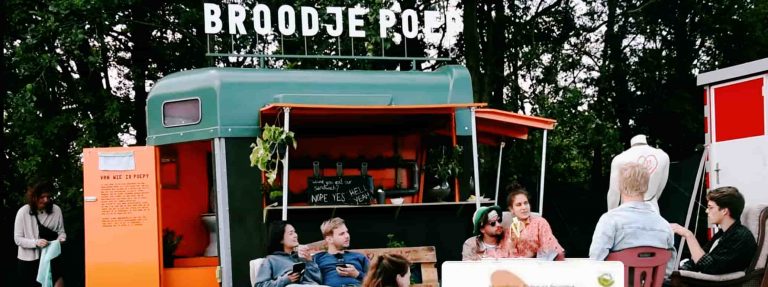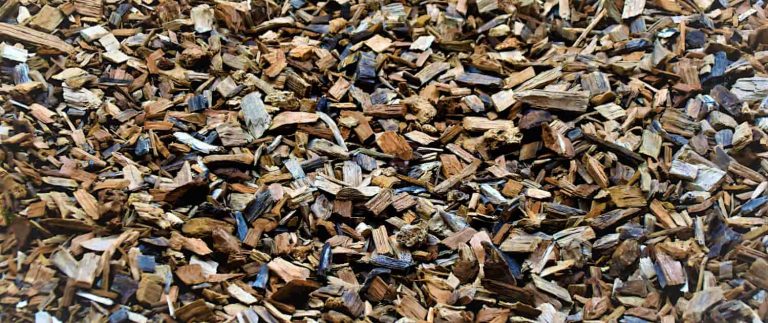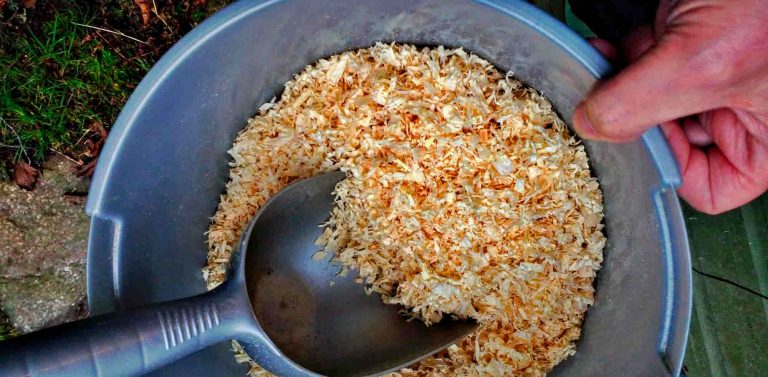Turning human waste into a resource
Waste is only waste when somebody wastes it…
I love this short video by the Rich Earth Institute in Vermount, USA. Their main focus is turning human urine into fertilizer. This pioneering work supports sustainable agriculture and protects vital water resources.
But, they are not only looking at the science behind using human waste (pee and poo) as a fertiliser, but they’re taking the concept into the community by working with people to gather the raw materials, and then farmers who are using the rich fertilisers instead of those produced
There is no ‘away’. It’s (the waste) going somewhere and it’s having consequences in the place that it’s going to.
Arthur Davis – Rich Earth Institute
Here are the key takeaway points:
- When we flush a toilet, we think it’s going away but there is no ‘away’ – it’s going somewhere and it’s having consequences in the place it’s going to
- Pee and poo contain a lot of nutrients, including nitrogen, phosphorous and potassium and these can often end up accumulating in coastal or river areas
- Instead of potentially fertilising the land, they fertilise algal blooms, which can be a huge ecological issue
- Rich Earth Institute is taking a human waste and turning it into a resource
- They have around 200 people in the local community who are urine donors
- Collected urine is pasteurised and then used on local farms in hay fields
- As much about putting it into practice and showing people how to do it, as much as doing research in the lab
- Humans have fertilised using ‘waste’ for millennia, and many place still do, and don’t consider it ‘waste’
- The nutrients in our waste are actually things that we spend great amounts of energy producing by other means, often using fossil fuels. We should be using them more directly rather than having to spen
- Key words are distributed and decentralised, but also democratic – nutrient sovereignty for a community where nutrients are produced and used locally, food is sold back to the community, and they return their ‘waste’ and so the cycle continues.
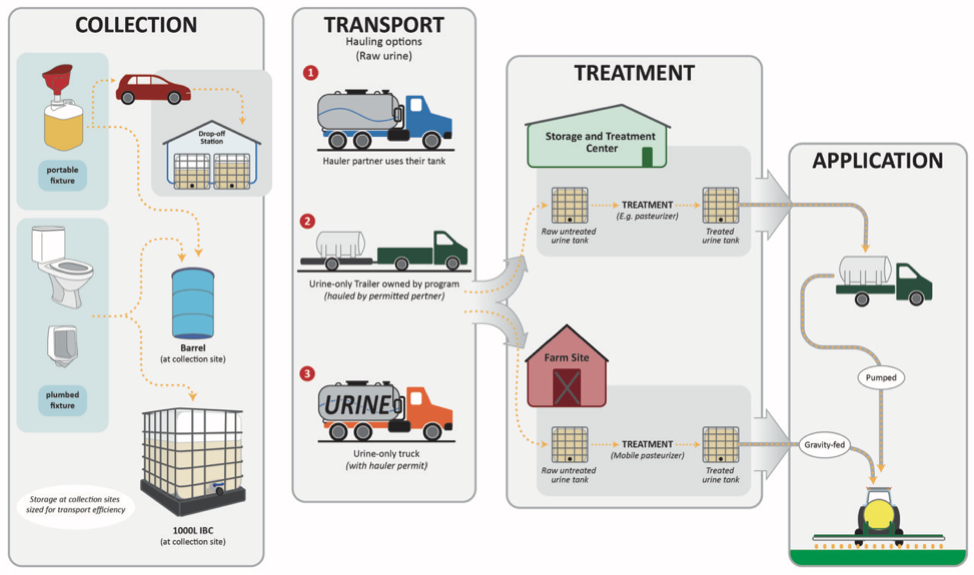
Click on the image above to visit Rich Earth Institutes website and see how the urine collection, processing and distribution system works.


